Even five months ago, I felt lost in the AI buzz. I didn’t know where this tech was heading, so I started reading AI news every morning and writing a quick recap. That routine stuck, and now 7,000 people read along with me each day.
Fast forward to now, companies have been moving beyond creating simple chatbots and into developing internal tools. It’s clear that artificial intelligence is here to replace anything manual and repetitive in business functions.
This list is for anyone who’s under pressure to make decisions regarding AI vendors and be able to demonstrate ROI. I didn’t pick these AI companies on the rise because of flashy funding rounds or Fortune 500 logos. My filter was simple: does it work in practice, is it doing something different, and would I pay for it myself? The 15 here passed that test.
And when you’re ready to move from shortlists to working systems, Aloa can help build AI that fits your workflows, not just your pitch deck.
The Evolution of Enterprise AI: Market Overview 2025
AI is in your meetings, your customer chats, and even the reports your team delivers. It’s trimming support queues, drafting contracts, and turning data into decisions in real time. The AI companies on the rise are the ones proving this shift and are moving beyond pilots to tools that change how entire workflows get done.
That day-to-day impact is real, but the bigger picture looks different. Adoption is uneven across industries, funding is piling into a handful of players, and the technology itself is moving so quickly that vendor choices feel like bets. So, before we look at the companies, it’s worth breaking down the forces shaping enterprise AI technology and how they're shifting market share:
Market Dynamics
More teams are putting AI to work, and not just in pilots. Last year, 71% of companies said they were using generative AI in at least one part of the business, up from 65% just months before. But here’s the catch: most of the real returns are concentrated in a few sectors like finance, healthcare, and retail. That means many companies are still experimenting with different tools and figuring out how to implement AI solutions.
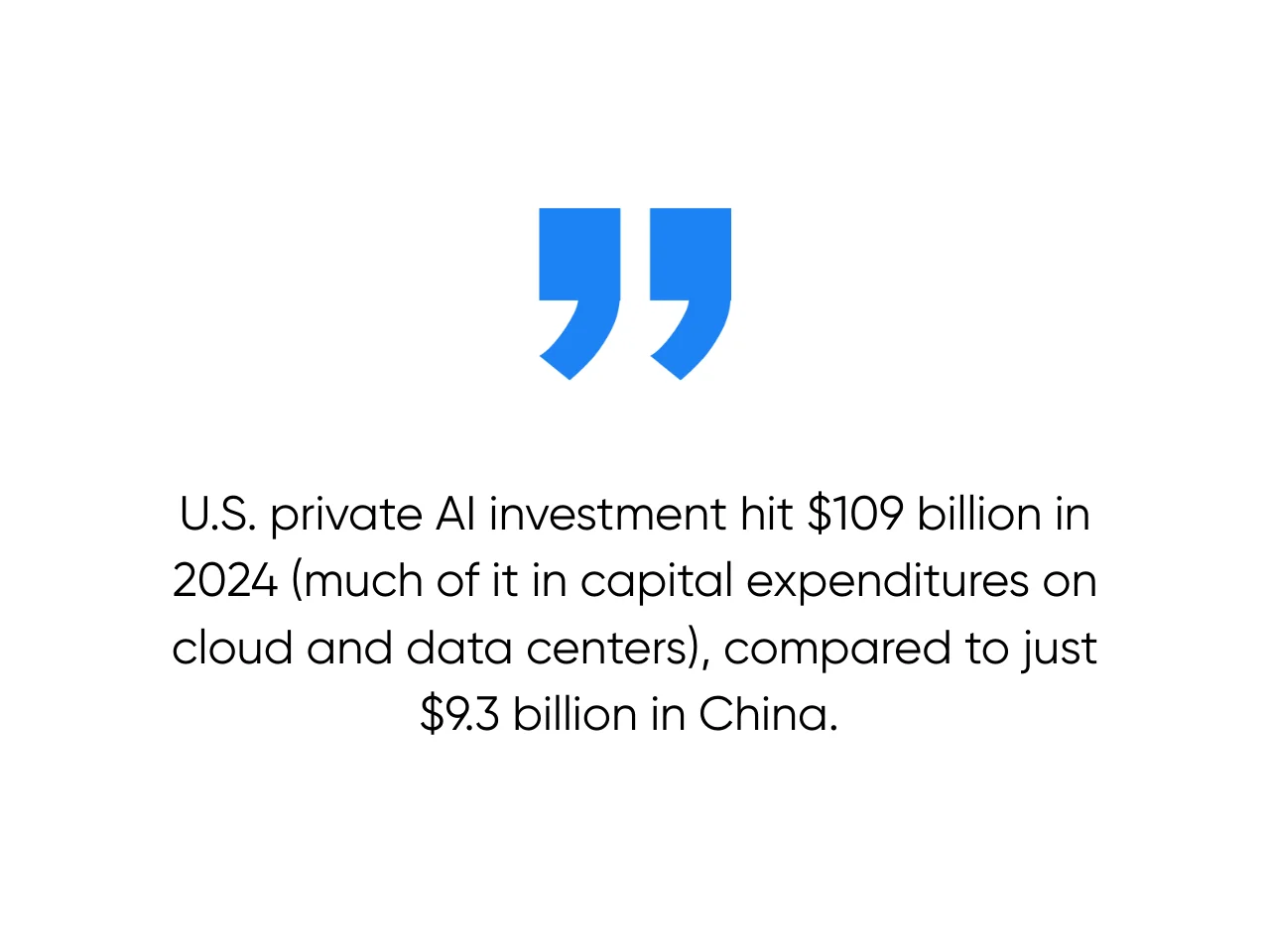
Follow the money, and the story gets clearer. U.S. private AI investment hit $109 billion in 2024 (much of it in capital expenditures on cloud and data centers), compared to just $9.3 billion in China. And within that, a handful of players took most of the cash. The Forbes AI 50 raised $142 billion combined, with OpenAI and Anthropic pulling in $81 billion themselves. Capital is chasing the companies that already prove they work.
Public markets, though, aren’t handing out free passes. AI stocks are delivering, but investors want proof of sustainable revenue, not just growth slides. It’s a reminder that the best AI stocks are those that can show earnings.
Technology Trends
Nobody cares if you have the latest model if it can’t replace your business workflow or improve it. Buyers are looking for tools that can actually close workflows, whether that’s drafting contracts, crunching financial reports with business intelligence, or resolving most customer issues at the first point of contact.
A few trends stand out:
- From prompts to processes: AI tools aren’t just answering questions; they’re finishing tasks end to end, often replacing manual work with virtual assistants.
- Small and specialized beats giant and general: Domain-specific models, often trained on artificial neural networks, are getting adopted because they’re cheaper and better for targeted jobs.
- Agents stepping in: By the end of 2025, a quarter of enterprises using generative AI models will be running agents that act on behalf of teams.
That shift is starting to squeeze older software models. Per-seat licenses look shaky when one agent can do the work of five human logins.
Implementation Challenges
Here’s the tough part. Even with adoption skyrocketing, more than 80% of companies say they aren’t seeing big bottom-line gains from AI yet. The problem I see is execution.
The biggest gaps I see:
- Leadership: When CEOs own AI strategy, results show up faster. Without that, initiatives stall.
- Workflows: Only about one in five companies has redesigned processes around AI. Bolting AI onto old ways of working doesn’t deliver returns.
- Integration and Talent: The best models still need clean data, security reviews, and teams who know how to use them. Most companies are behind on all three.
And let’s not ignore regulation. In 2024 alone, agencies rolled out 59 AI-related rules in the United States, twice as many as the year before. Compliance is already shaping deployment decisions.
But most of the challenges aren’t about the tools themselves; it's how they're implemented. That’s where companies get tripped up. At Aloa, I spend most of my time helping teams leverage promising AI tools and make them work effectively within their businesses. If you want to dig deeper into the roadblocks and what it takes to clear them, we put together a guide on implementing AI in business that breaks it down step by step.
Selection Criteria: Identifying Tomorrow’s AI Leaders
I didn’t pick these companies because of headlines. Well, not entirely. Especially now, with hundreds of growing AI companies chasing the same promises and the performance gaps between top models shrinking fast. My decision came down to three questions:
- Does it actually work? I either tested their products or looked for proof that they have a strong real-world use case. If an AI tool can actually cut meeting prep from two hours to 30 minutes, that’s a pass.
- Is it different? I looked for things like purpose-built architectures (say, multimodal systems for healthcare imaging), unique distribution (embedding AI in tools your teams already use daily), or workflow coverage others can’t match. It’s about whether they can solve a problem in a way a dozen others can’t copy tomorrow.
- Would I pay for it myself? Nothing cuts through hype like willingness to spend. I once dropped $200 on Claude Code because it saved me hours of coding cleanup. That personal “yes, I’d pay” is the strongest signal. When only 1% of organizations call their AI rollouts “mature,” and EBIT impact is rare (unless workflows are redesigned), willingness to pay tells you the tool is delivering real-world ROI.
15 AI Companies Transforming Enterprise Technology
The AI market is full of startups, but only a handful are proving they can stand up in production. The companies in this list are completing workflows at enterprise scale, whether it's automating compliance, running multilingual support, or accelerating product development cycles.
Each one shows revenue growth, enterprise contracts, or tools that save hours of work without breaking systems. These are the AI companies on the rise worth watching in 2025:
1. Open AI
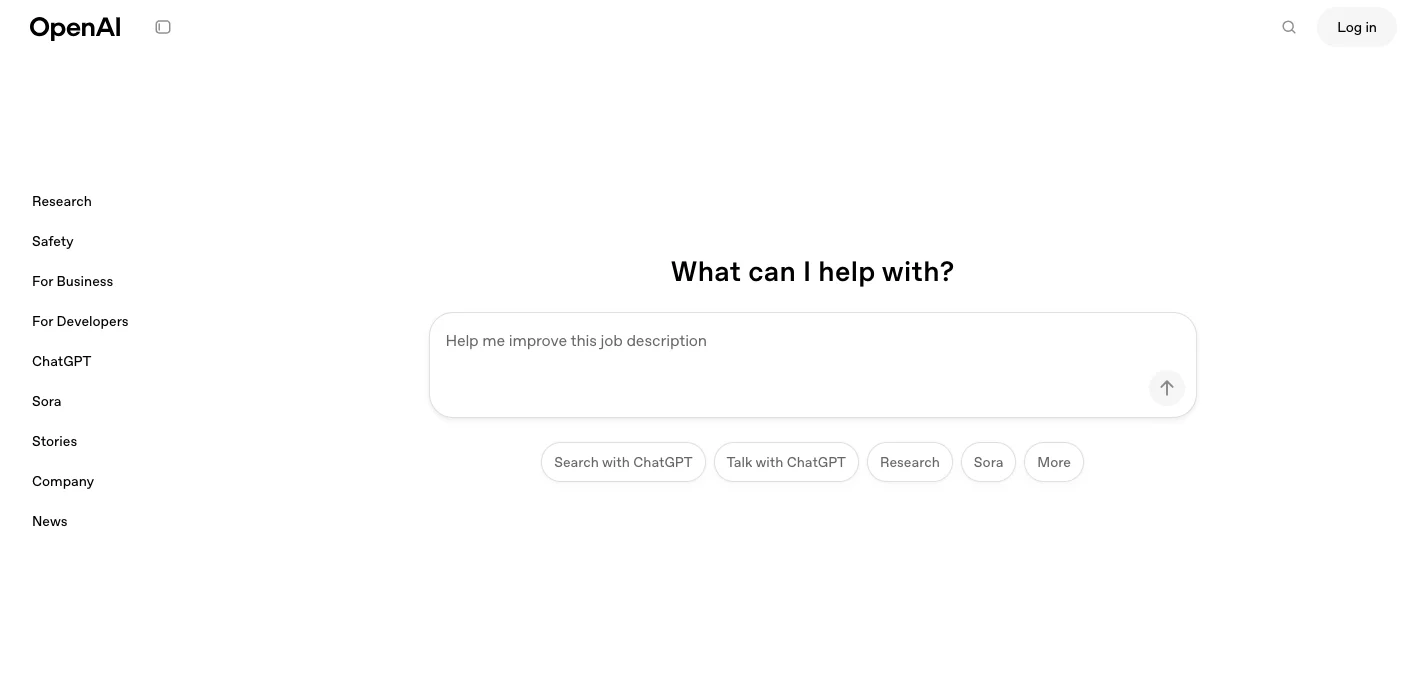
OpenAI has turned from a research lab into a $300B enterprise vendor, now pulling in $13B ARR (up from $5.5B just last year). By July 2025, it became the first AI company to cross $1B in monthly revenue, with paying enterprises driving that growth instead of free trials.
You can see the impact across very different industries, including:
- Morgan Stanley: Advisors use GPT, powered by advanced natural language processing, to search millions of research notes, cutting hours of prep before client calls.
- Uber: Support tickets get routed through GPT, trimming resolution times and reducing escalations.
- Lowe’s: Record Mode captures meetings and generates follow-ups, saving managers from hours of manual note-taking.
These are the numbers that tell you it’s moving past the hype:
- 700M weekly active users and 5M paying businesses already on the platform.
- Nine new enterprise contracts each week with companies earning $500M+ in revenue.
- Enterprise features like SAML SSO, SCIM provisioning, and Drive/Dropbox connectors that keep deployments compliant.
2. Anthropic
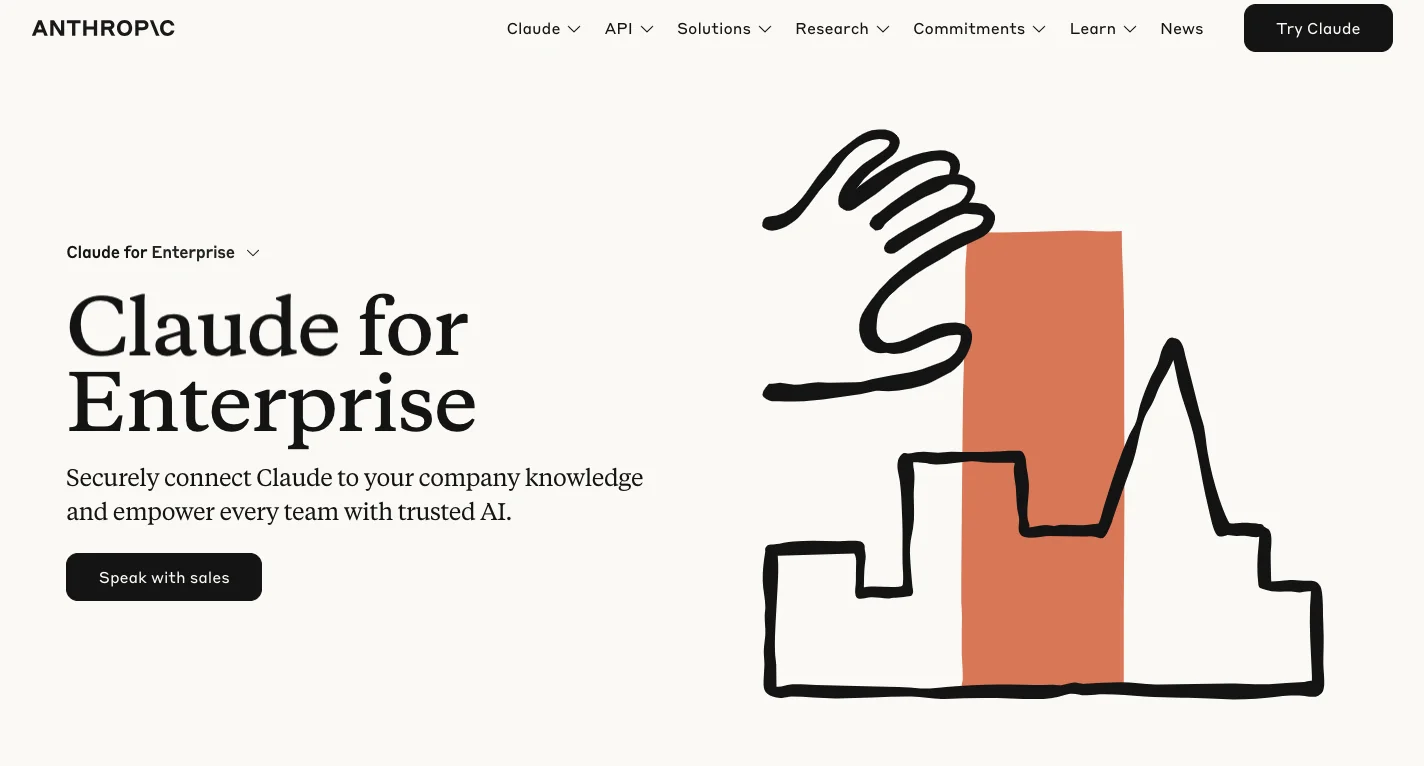
Anthropic has built its business around safety, and that positioning is paying off. By July 2025, Claude was driving $5B ARR, up from $1B at the end of 2024. Their $183B valuation after a $13B Series F and 300,000+ business customers worldwide show how far a “responsible AI” strategy can go when enterprises are looking for trust as much as speed.
This is how that trust translates into adoption:
- 42% share of the code generation market, compared to OpenAI’s 21%.
- Claude Code contributing $500M+ in run-rate revenue.
- GitHub, Zoom, Snowflake, and Pfizer using Claude in core operations.
- Novo Nordisk cut clinical study reporting from 12 weeks to 10 minutes.
- Replit’s Claude integration fueled 10X revenue growth.
- European Parliament runs document analysis on Claude.
And these features explain how it completes work instead of just demos:
- 200,000-token context window processes entire archives or reports in one pass.
- Computer Use feature executes real-time tasks like browsing or app control.
I may be biased here because I love Claude Code. I’m far from technical, but was able to learn Claude Code within months and ship dozens of pages for Aloa, with little to no help from our engineering team.
When a single product is pulling in half a billion in run-rate revenue, it tells me developers are shipping real systems with it. And if the people writing tomorrow’s code are betting on Claude, it’s worth attention from enterprise leaders too.
3. Perplexity AI
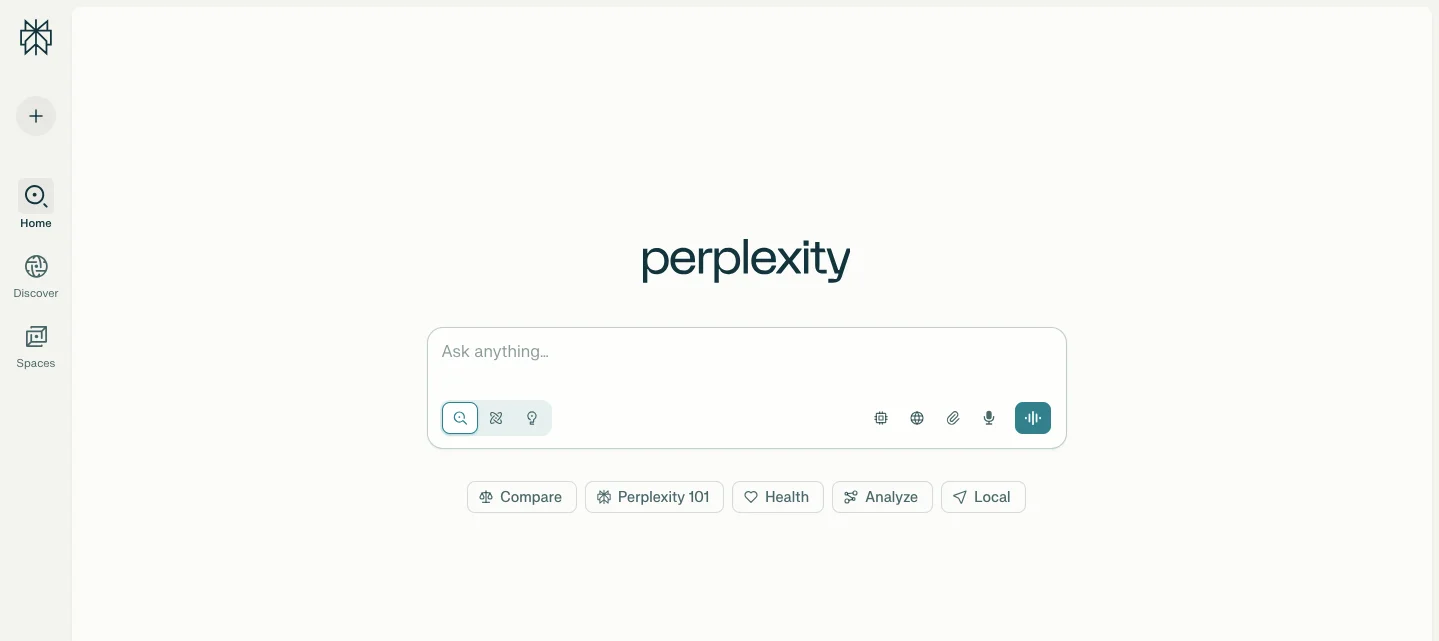
Perplexity positions itself as AI-native research, not another chatbot. It delivers cited answers and, with the Comet browser, keeps the full research loop (search, analysis, citation, and presentation) in one place so teams don’t bounce between tools.
Here’s what that could look like in your workflows:
- Market research teams pulling a 12-month industry trend report with sources in under 20 minutes instead of half a day compiling it.
- Sales ops extracting specs from 200-page manuals and auto-generating a client-ready Q&A sheet.
- Compliance officers scanning regulator memos, summarizing the key points, and attaching the original for audit trails.
These are the signals that show it’s scaling fast:
- 400M queries processed each month, with a peak of 780M in May 2025.
- 22M monthly active users, signaling repeat value.
- 640% YoY growth in India, showing global traction.
- $18B valuation tied to a $100M ARR run rate.
And this is where the enterprise pull starts to show up:
- Bharti Airtel partnership gave millions free Pro subscriptions.
- Pro and Team plans aimed at research-heavy businesses.
- The Comet AI browser turning it into an AI-native workspace.
4. Deepgram
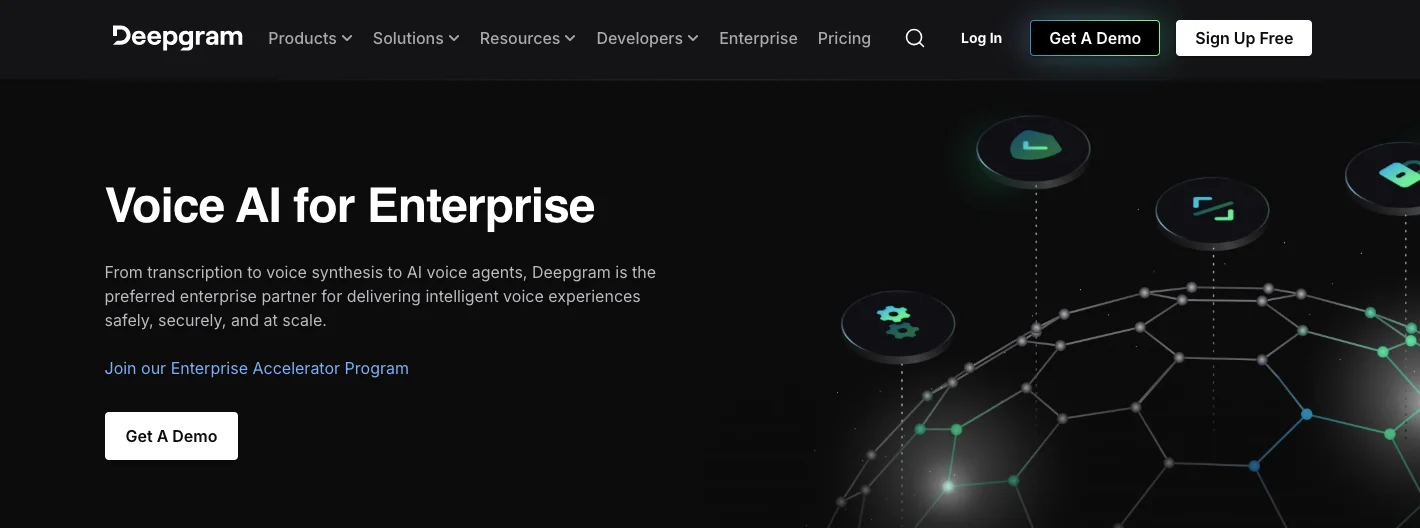
Most AI vendors talk growth, but Deepgram talks sustainability. They’re cash-flow positive (a rare badge in this market) while still serving 200,000+ developers and 400+ enterprise customers. Add in over 1 trillion words transcribed and 50,000+ years of audio processed, and you’ve got a platform tested at serious scale.
You can see its impact in everyday operations like these:
- Twilio, Jack in the Box, and Kore.ai run on Deepgram infrastructure.
- Call centers cut QA costs by 30–50% using its transcription accuracy.
- Real-time speech recognition under 300ms keeps live conversations fluid.
- Custom model training handles industry-specific vocabulary without breaking.
And this isn’t just transcription anymore. Deepgram enables end-to-end speech-to-speech conversations. It's turning spoken input directly into spoken output so enterprises can build full voice AI systems. That kind of capability only matters if the vendor behind it can support you for the long haul.
If I’m wiring a voice AI platform into enterprise infrastructure, I want the partner who’s proven they can stay profitable, not one hoping their next funding round keeps the lights on. At Aloa, our team created a medical transcription app with Deepgram because it was the most cost-effective option to implement high-quality medical transcription features with HIPAA compliance.
5. DeepL

When professionals say DeepL translates better than Google, that’s not hype. 82% of language service companies rely on DeepL, compared to 46% for Google Translate. That gap tells you who wins when quality matters more than convenience.
The adoption stats back it up:
- $185M in revenue in 2024, up 31% from the year before.
- 100,000+ business customers and 322M monthly visitors.
- A $2B valuation after its latest $300M round.
For enterprises, the impact is measurable. A Forrester study showed 345% ROI and a 90% cut in translation time, with customers reporting €2.79M in efficiency savings. That’s why companies like Zendesk, Deutsche Bahn, and Coursera use it for global operations.
And it goes beyond translation. With Write Pro, API integrations, and automated pipelines, DeepL handles full document workflows while keeping enterprises compliant with GDPR, SOC 2 Type II, and ISO 27001.
6. Anysphere (Cursor)
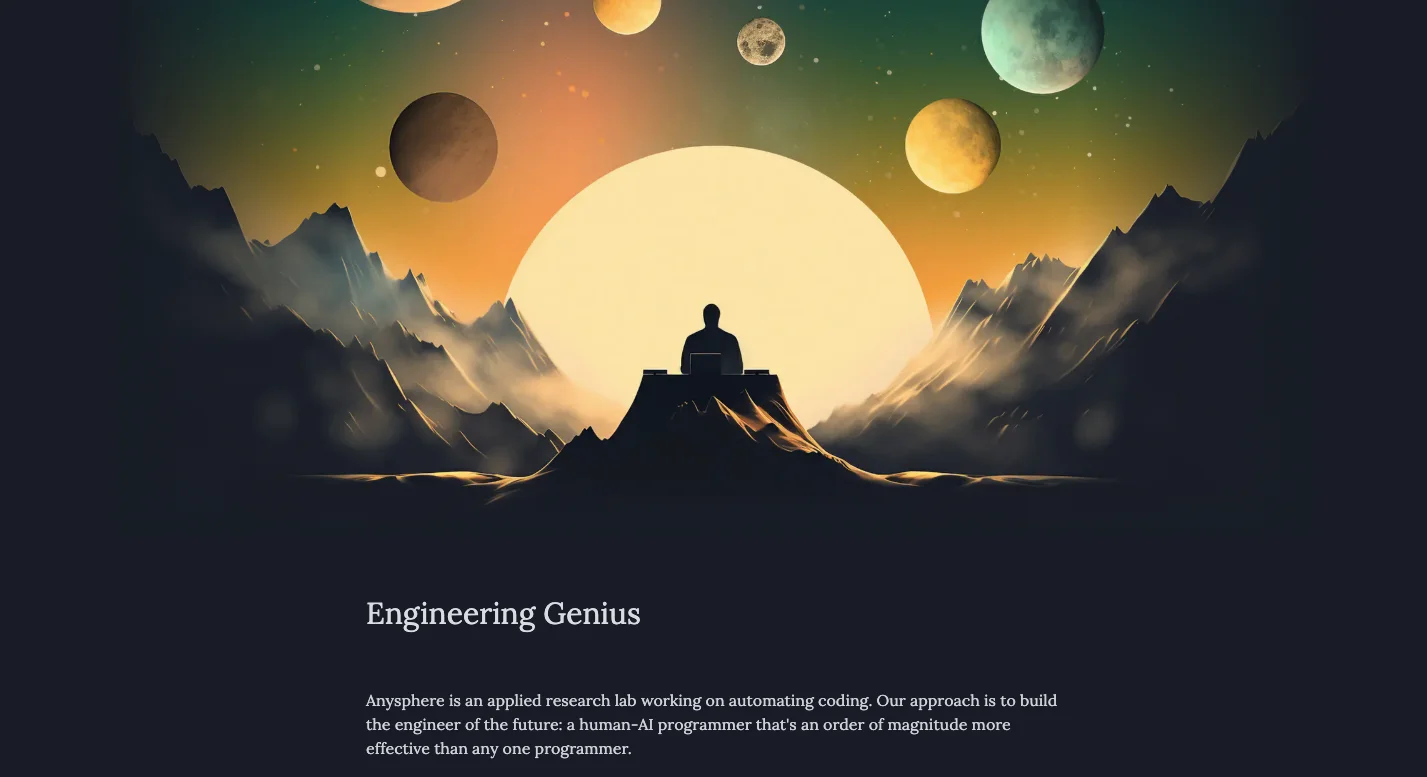
Twelve people, half a billion in annual recurring revenue, and more than a billion lines of code generated daily. That’s Anysphere, the team behind Cursor, an AI-powered editor that turns programming into “vibe coding.” Instead of just autocomplete, it understands entire codebases and builds features from plain English prompts.
Here’s what makes Cursor stand out:
- $500M+ ARR, hitting the milestone from $10M in just two years.
- $9.9B valuation after a $900M Series C.
- 1M+ users including 360K paying customers, with OpenAI, Shopify, Instacart, and Midjourney among them.
- Outperforms rivals on the GAIA benchmark tests, a signal engineers pay attention to.
It’s not only about generating code. Cursor can refactor, debug, and ship features by reading an entire codebase in context, something traditional coding assistants struggle with. Priced at $20/month for Pro and $40/month for Business, it’s within reach for solo developers and enterprise teams alike.
Going from $10M to $500M ARR in two years with just 12 people is unheard of. That’s the kind of efficiency I want AI to unlock. Not bigger teams, but smaller, sharper ones delivering outsized results.
7. Suno

Suno has quickly become one of the most visited AI platforms, drawing 70.2M monthly visitors and more than 12M global users. After a $125M Series B, it’s now valued at $500M, riding a 6,200% five-year search growth that signals real demand for creative AI.
Adoption is moving from casual use into enterprise contexts, like:
- Audiobooks and e-learning where narration needs scale.
- Marketing teams creating music for campaigns without licensing roadblocks.
- APIs for developers building music features into apps.
- Expanding into enterprise creative workflows across media.
The product’s appeal is that it doesn’t stop at snippets. Suno generates full songs (lyrics, composition, and vocals) by blending its own models with ChatGPT for lyric writing. That makes it a tool for production, not just play.
Seventy million people are turning to Suno for music every month. That’s the same kind of early momentum I saw with coding tools before they broke into enterprise stacks, which tells me creative AI is on its way to content creation at scale.
8. Harvey
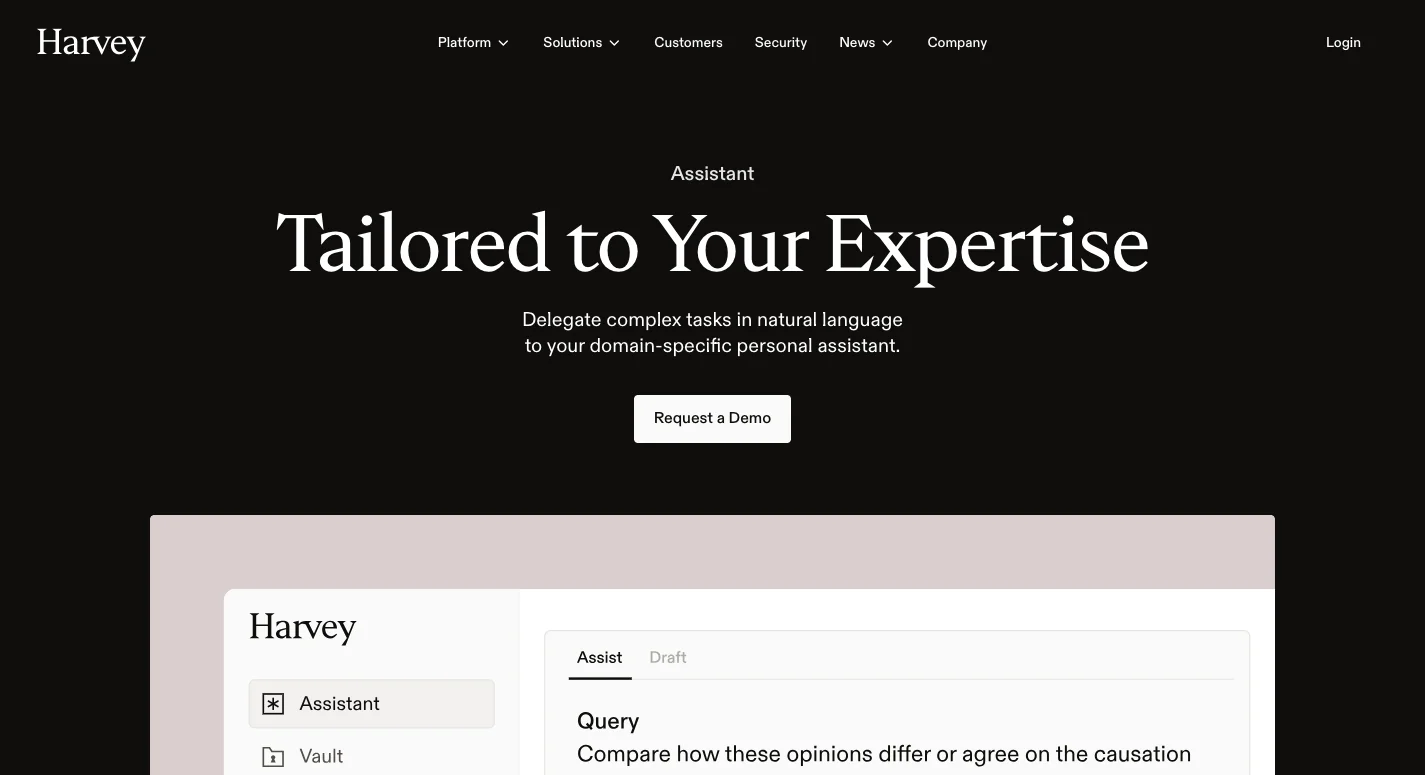
If you manage technology inside a law firm, you feel the cost of time. Associates spend hours buried in contracts, paralegals chase citations, and compliance adds another layer of review. Harvey was built for that grind, an AI legal assistant that takes on research, drafting, and case analysis from start to finish.
A $300M Series D at a $3B valuation backed by adoption from top-tier firms and in-house departments shows Harvey is already being trusted where mistakes are too expensive.
Here’s how firms are putting it to work:
- Document review that processes stacks of contracts in minutes.
- Predictive case analysis that helps lawyers prep strategies faster.
- Integrations with existing legal software, so workflows stay intact.
Law firms don’t cut checks at this scale for experiments. They do it because Harvey shaves hours off tasks that were once billable and carry risk if done wrong. That’s why I see it as one of the few AI platforms that’s already earned a place in enterprise legal stacks.
9. Scale AI
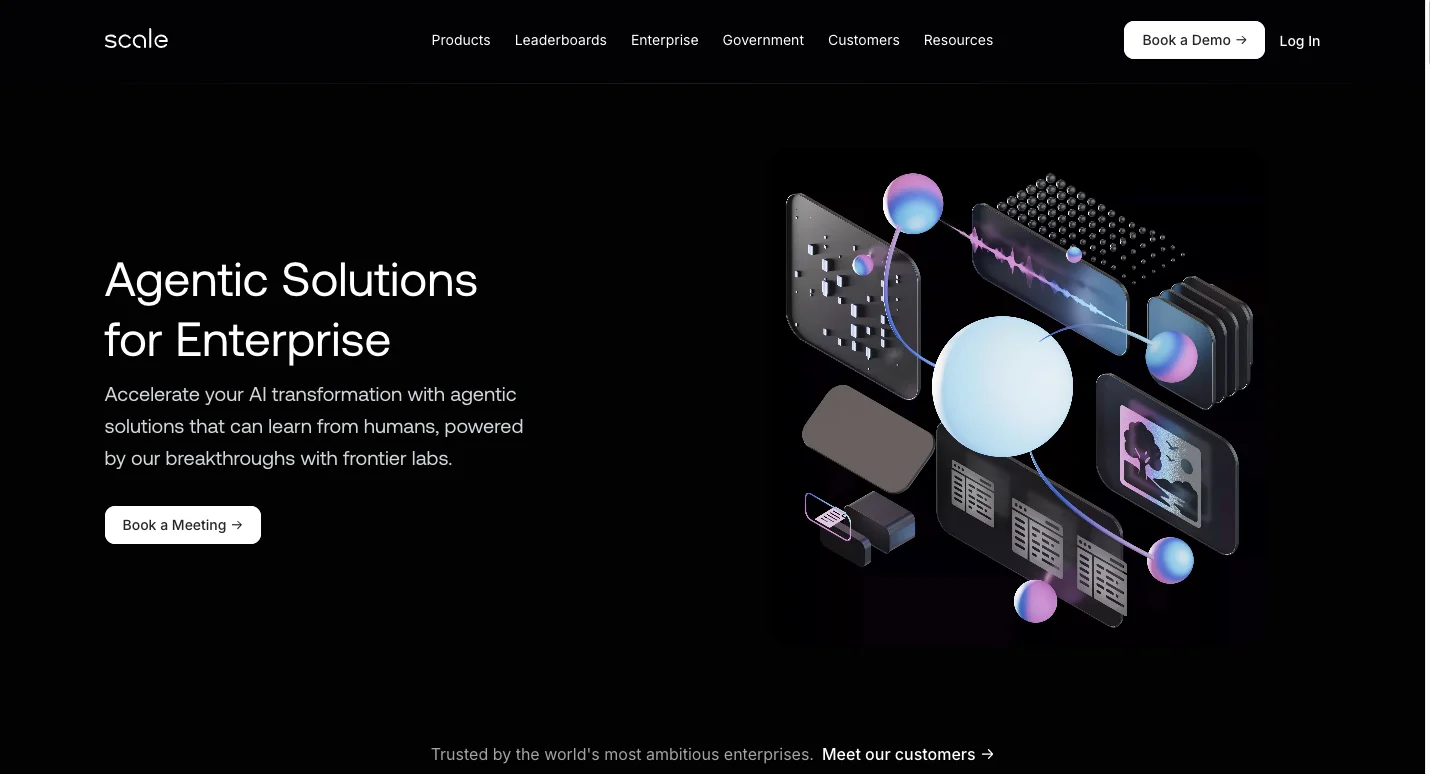
Every large language model depends on training data. That’s the space Scale AI owns. They provide the labeling and pipelines that make models accurate enough for production, which is why Meta spent $14.9B for a 49% stake and tapped CEO Alexandr Wang to run its new superintelligence division.
Here's why enterprises treat it as critical infrastructure:
- Training data pipelines for nearly every major AI developer.
- Government and defense contracts that demand secure workflows.
- Partnerships with tech giants building their own foundation models.
- Industry-wide data labeling for LLMs, powering the accuracy behind today’s most advanced models.
And it’s not just labeling. Scale runs an end-to-end pipeline (data collection, annotation, validation, and deployment), so model builders don’t have to integrate multiple vendors.
This feels like the kind of infrastructure bet you don’t notice until it’s missing. Scale isn’t trying to win headlines with apps; it’s building the supply chain everyone else relies on. If I’m setting up an enterprise stack, I want partners like this in the mix, those keeping the foundation solid while others focus on the front end.
10. Thinking Machines Lab

Most startups lead with products. Thinking Machines Lab leads with pedigree. Founded by former OpenAI CTO Mira Murati, it’s planning a $2B funding round at a $12B valuation without a public launch. The focus is on AI systems for science and programming, areas where workflows are still complex and underserved.
Even in stealth, the signals are clear:
- Massive investor interest, anchored by Murati’s track record.
- Aiming at scientific research and advanced programming (high-value, high-friction domains).
- Expected to debut with enterprise partnerships already in place.
The details of the tech remain under wraps, but the intent matters. Building for science means automating research processes that take months. Building for programming means rethinking how codebases get designed, tested, and optimized. That’s infrastructure for knowledge work.
When a leader with Murati’s background can raise billions pre-launch, it shows how much weight proven AI leadership carries. For me, it’s a reminder: sometimes the best signal isn’t the product yet; it’s who’s trusted to build it.
11. PhotoRoom

Product photos are one of those jobs everyone underestimates until they’re drowning in them. Cropping, background removal, and resizing are grunt work that still eats time in e-commerce and marketing teams. PhotoRoom turns that into an automated workflow available both as a consumer app and a business API.
The traction shows 23.6M monthly visitors, a $500M valuation after its Series B, and a 99x search growth over five years. Its API is already wired into e-commerce platforms and content pipelines, where automation saves teams hours per campaign.
Enterprises use it for:
- E-commerce photo automation
- Content creator workflows, from social media assets to ad creative
- Batch jobs like background removal, resizing, and enhancements
- Integrations with existing photo stacks
Tools like this show how much AI is reshaping content workflows. At Aloa, we’ve seen companies in retail and media get stuck on integration. And the challenge isn’t the tech itself, but fitting it into legacy systems. That’s where custom AI solutions prove their value.
12. Synthesia
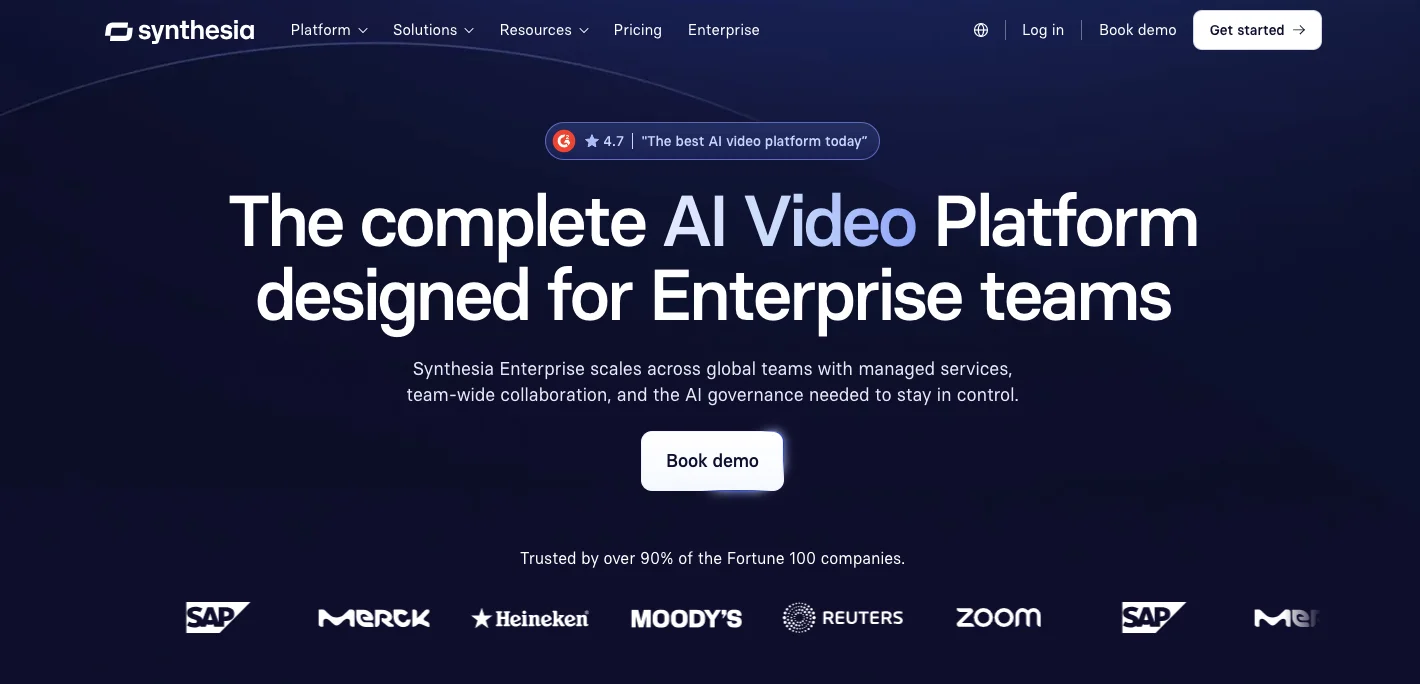
For enterprise teams, video content is one of the hardest formats to scale. Training modules, onboarding clips, and internal updates take cameras, actors, and editing budgets most teams don’t have. Synthesia cuts that down to a script and a click, producing professional videos with avatars and voiceovers.
Numbers like these tell you why it’s getting attention in enterprise circles:
- 3.9M monthly visitors returning to it as a core tool.
- A $156.6M Series C fueling expansion.
- 7,000% five-year search growth showing how interest has exploded.
- Uptake across e-learning, marketing, and corporate comms, where speed is critical.
And here’s what it looks like when teams put it to work:
- Training videos delivered in hours, not weeks.
- Multilingual versions created without extra production costs.
- Custom AI avatars that keep messaging consistent across regions.
- Integrations with comms systems so teams don’t add new tools to the stack.
The appeal is obvious. Creating professional videos without cameras or actors is the kind of workflow transformation I’d pay for. When you cut weeks of production down to a few hours, that means ROI that's baked into every project.
13. Groq
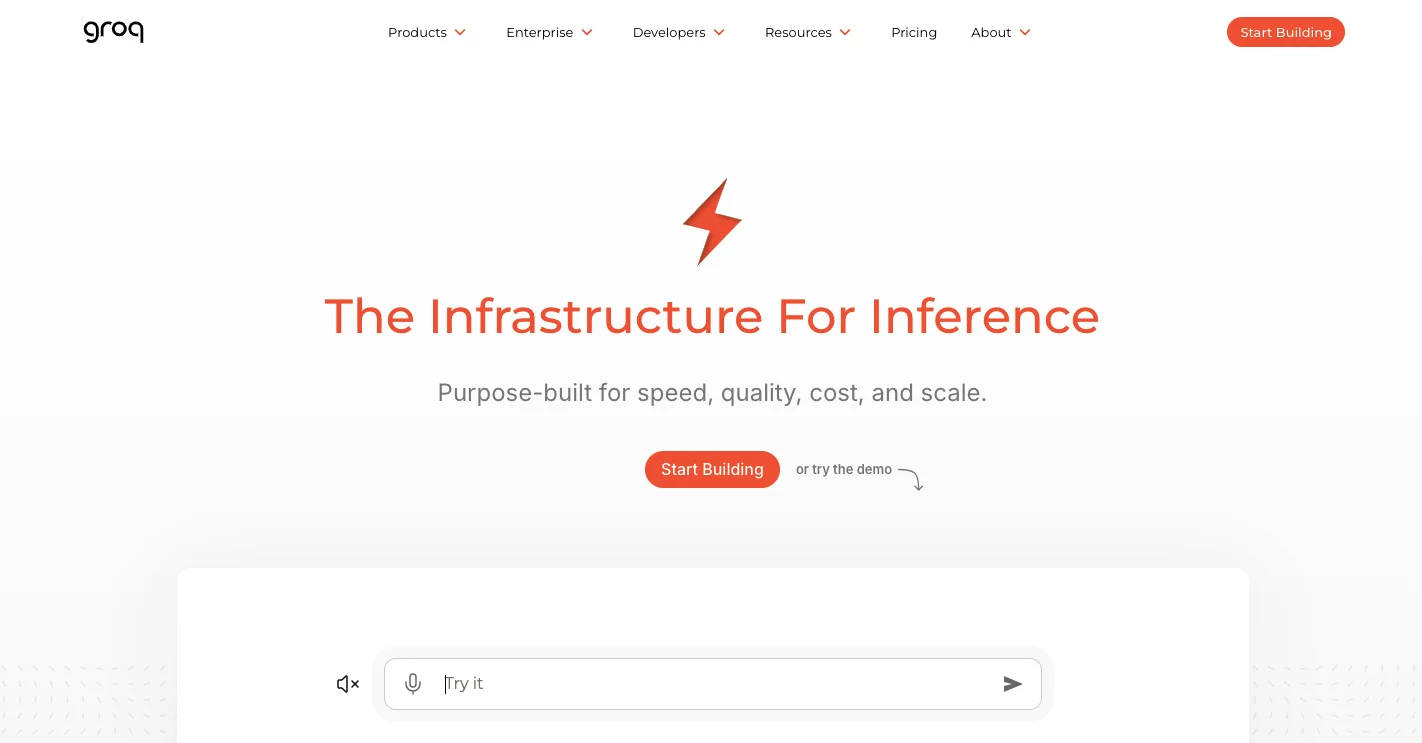
Inference is where speed makes or breaks AI. Groq builds Language Processing Units (LPUs) tuned for that moment: hardware built to run large language models fast and keep responses instant.
Here’s what they’ve put on the table:
- A $2.8B valuation with another $600M raise expected.
- Proprietary LPUs designed only for inference.
- GroqChat showing responses quicker than the GPT apps you’ve tried.
For enterprises, that means:
- Real-time apps that stay usable under load.
- Inference at scale without GPU bills spiking.
- A hardware option built for speed, not just training power.
Speed is the moat here. If adoption depends on how quickly tools respond, Groq has carved out a spot every tech leader should be watching.
14. Databricks
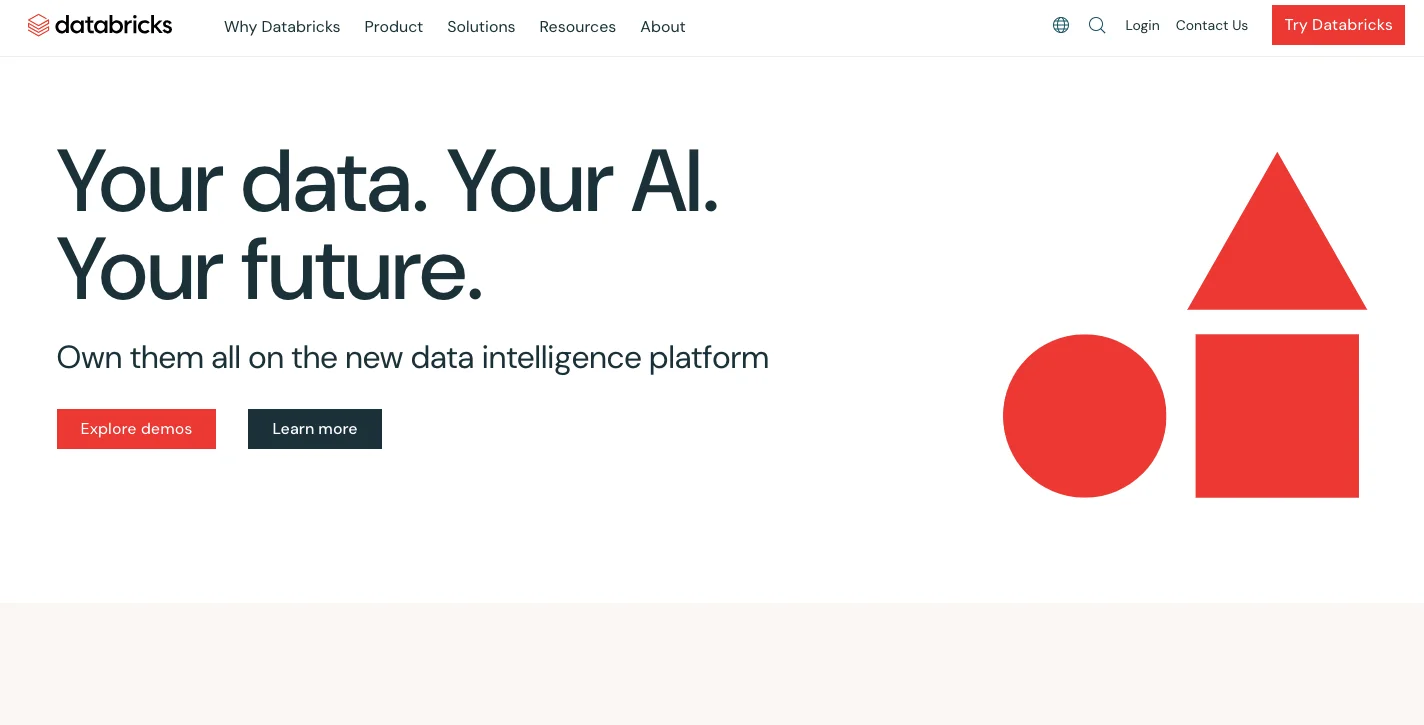
Most AI vendors talk about scale. Databricks has already proven it. A new funding round values the company at $100B, up from $62B last December, with annualized revenue hitting $3.7B and growing 50% year over year. An IPO is planned for 2025, making it a bellwether for enterprise AI.
That shows up in the way enterprises use it:
- End-to-end workflows from data ingestion to model deployment.
- Integrations with existing data infrastructure, so teams don’t start from scratch.
- Adoption by major enterprises running data science and machine learning at scale.
The platform is also expanding into AI agents, investing in a new database, and eyeing acquisitions to strengthen its position against rivals like Snowflake.
A $100B valuation and IPO plan tell me Databricks is already delivering revenue and profitability. When companies look for partners that can scale with them, this is the kind of maturity they want behind the tools.
15. World Labs
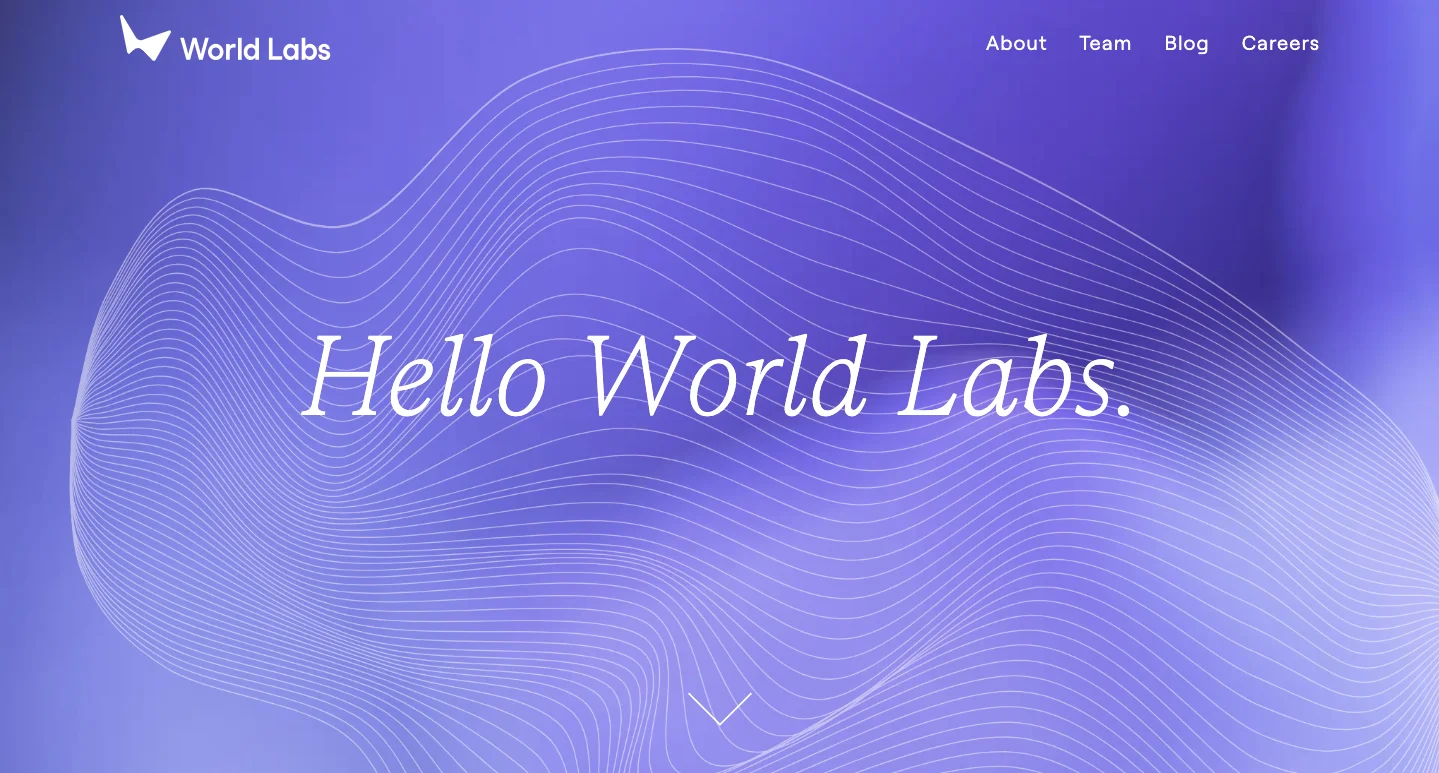
Some startups are built around products, others around people. World Labs has both, but what sets it apart is leadership. It’s led by Fei-Fei Li, often called the “Godmother of AI,” whose work in computer vision set the foundation for much of today’s AI. That credibility alone has helped raise $291.5M in funding.
The company is still early stage, but the aim is ambitious: AI that can understand and generate three-dimensional environments. That opens doors for enterprise use cases like:
- Training simulations in fields where mistakes cost millions.
- Virtual environments for industries like aviation and defense.
- Immersive attractions in areas like theme parks.
Its focus is clearly on completing 3D environment generation and manipulation. If delivered, it could transform how enterprises approach simulation and training.
But what convinces me is Fei-Fei Li’s track record. She doesn’t build trivial products. When someone with that history focuses on spatial AI, the applications will likely stretch far beyond gaming.
Future Outlook and Investment Implications
The next 12 months will test which AI players are built to last. Long-term bets hinge on revenue, unit economics, and renewals. Without those, the hype fades fast.
The factors driving which AI companies rise (or fade) are:
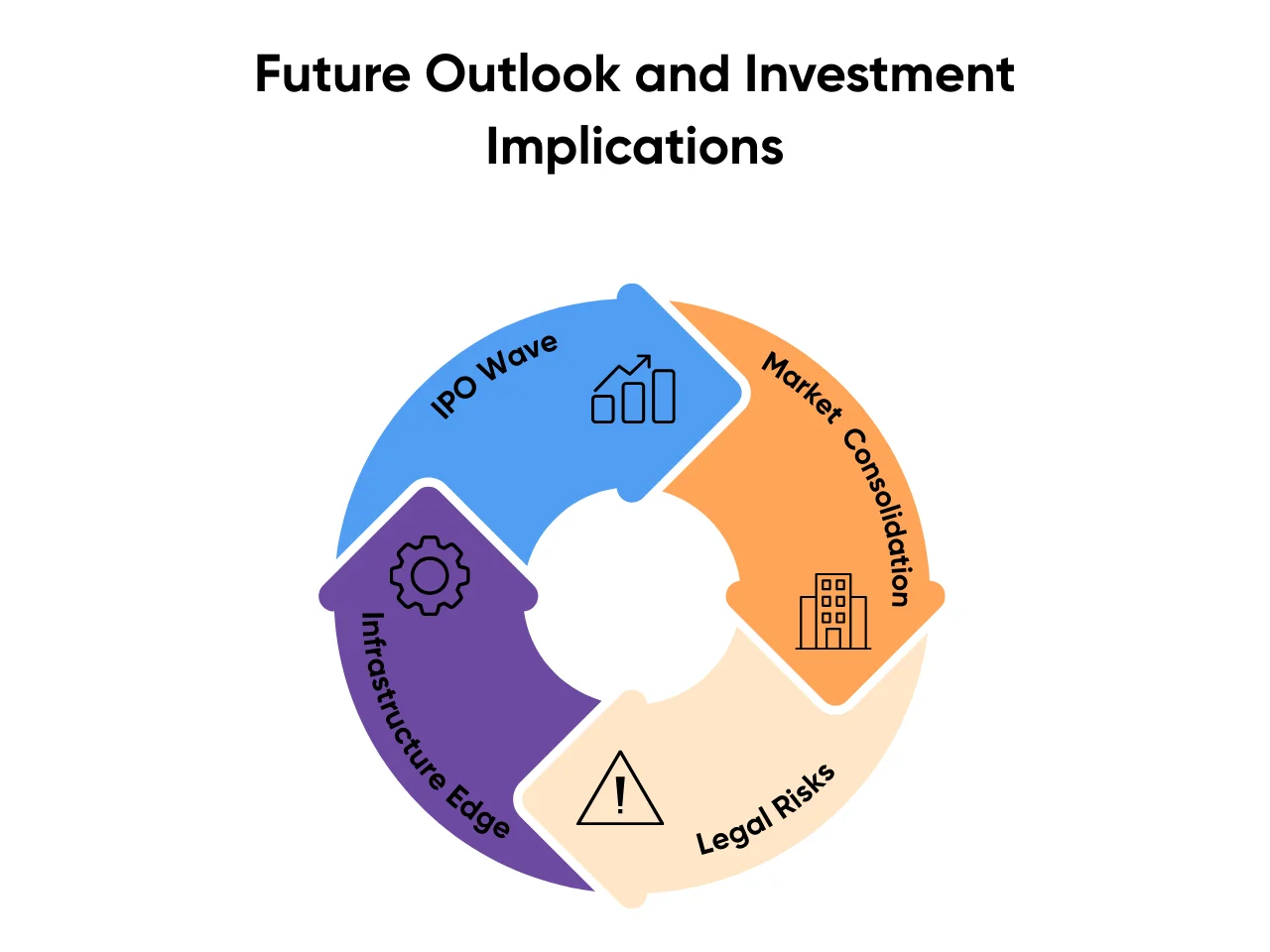
- IPO Wave: Analysts count at least 13 AI startups prepping to go public. The standout is Databricks, targeting a $100B IPO. If it lands, confidence in enterprise platforms goes up. If it slips, appetite for the rest cools.
- Market Consolidation: With model performance gaps narrowing, weaker startups will get absorbed. The winners will stand out on workflow completion, compliance, and integration.
- Legal Risks: Copyright suits tied to training data are stacking up. Vendors with clean licensing strategies will draw higher valuations.
- Infrastructure Edge: Hardware and data platforms are outperforming software plays. Investors are backing the picks-and-shovels (chips, inference hardware, and data pipelines) because the path to revenue is clearer.
These signals indicate which vendors are stable enough to support. But stability doesn’t mean predictability. AI vendors can change pricing at any time, and new models appear almost daily. If you’re tying core workflows to one provider, build a buffer for cost increases and have a backup plan in case you need to switch. At Aloa, we help you pressure-test vendors and prepare those contingencies so you’re not caught off guard.
Key Takeaways
Spending the last few months digging into AI has felt like trying to drink from a firehose. Every week, there’s another vendor claiming to change everything. Most fade once you push past the demo. The companies I’ve highlighted here stand out because they’re either finishing workflows enterprises rely on today, or building the kind of tech I’d bet on tomorrow.
And my hope is that this list gives you a clearer shortlist. Whether you’re leading IT for a mid-market enterprise or guiding strategy at scale, the challenge is the same: find vendors that won’t break production and can prove ROI under pressure. These are the AI companies on the rise worth your attention in 2025.
If you’re ready to turn insight into execution, let’s talk. Schedule a consultation with Aloa and discover how we help enterprises reduce costs, save time, and build AI systems that seamlessly integrate into existing workflows.

